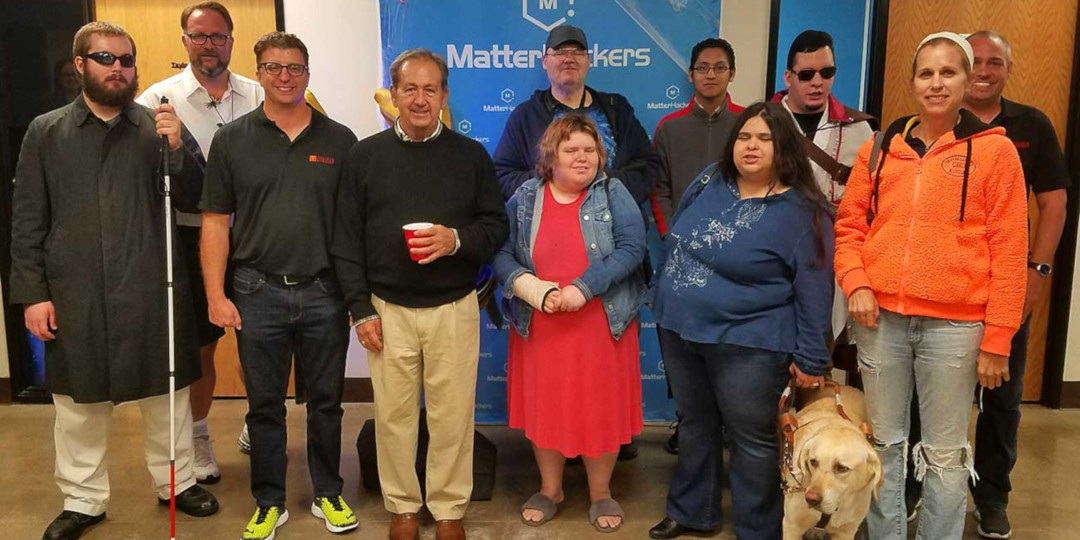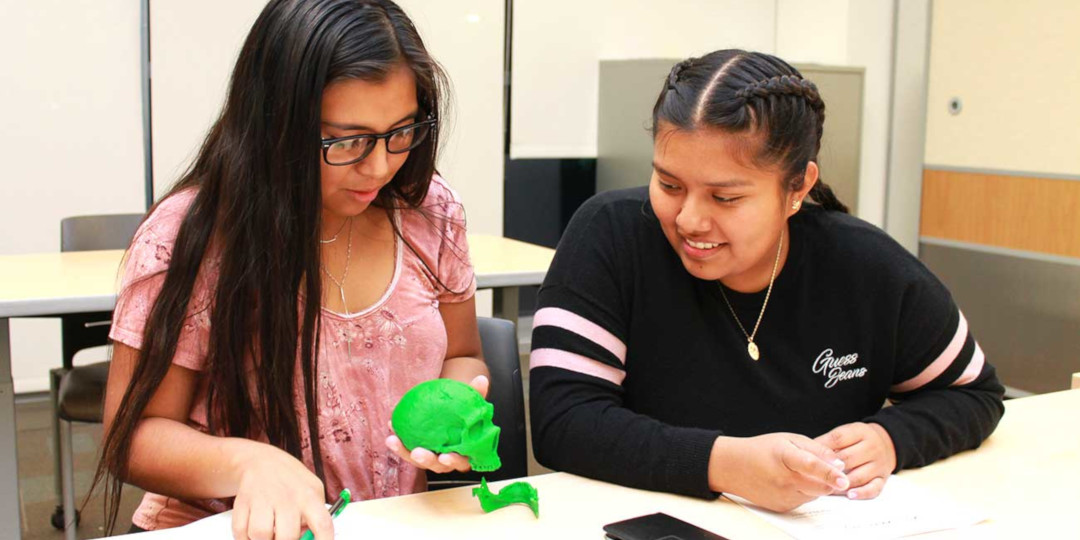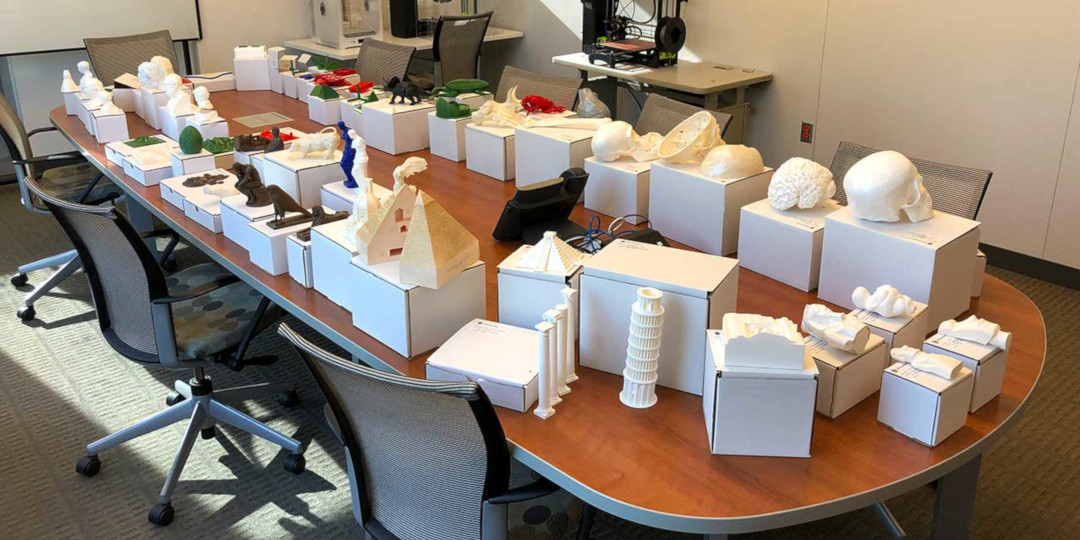Melissa Roe who has been blind since birth, graduated from College of the Desert and is currently an English major at California State University of San Bernardino. While at College of the Desert, she helped found the 3DPit club which uses 3D printing to help students with disabilities.
In the past, we saw a desert as an isolated landscape, a lonely expanse of dry wilderness. That is hardly the place that you’d think to see anything so revolutionary occur, but thanks to rapid technological advances, an incredible school club was born.
A group of technology enthusiasts saw a need for change in the academic world, which would be especially beneficial for disabled students of all ages and educational backgrounds. As 3D printing became the new topic of discussion, this group of students and staff, filled with a zest to learn new technology, and a passion to make the world a better place, set out to learn about this new revolutionary way of creating digital art. That was the driving force behind College of the Desert’s new club: The 3DPit.
The members of 3DPit with their mascot, Zappa the dog. The club is passionate about 3D printing technology at the College of the Desert
The mission of the club, though simple, brings a whole new dimension (pardon the pun) to the way we introduce educational concepts to future students. 3DPit stands for 3D Print It! This basically means there is no limit of possible items to print in an effort to help the world around us. Printing in 3D is the main goal of the club, and club members continue to produce amazing masterpieces for the world to see, and now, to feel. Whether it is a tactile version of a human heart, a unit circle, a hands-on representation of Mount St. Hellens, or even a printout of the Milky Way – college professors never cease to be astonished by these works.
The desire for more of these tactile wonders in the classroom is the very energy that feeds the club. Although most 3D prints are for educational purposes, what would a club be if there was no fun involved? So far, there have been 3D prints of some members of the staff, a chess board, and even the Millennium Falcon. The club even has a 3D printed mascot, a yellow lab named Zappa. Zappa is the guide dog of one of the club members, and his head was scanned and brought to life by the marvelous 3D printer. From all facets of life, the world and beyond is just beneath our fingertips. This is certainly the case with the 3DPit.
Through 3D printing and learning with their fingertips, students explore a world that would have been out of reach
After the club was established, several members spent several afternoons going through 3D printed models that were printed on an Ultimaker and sent to us from the 3D Tactile Model User Group to get our feedback on how effective the models were and how the models could be improved if necessary. The members were astonished when they got to touch wonders of the earth, tactile mathematic tools with Braille, busts of famous people, models of mythical creatures, and human anatomy. These models brought history, art, and science to life, especially since most of the members who attended these sessions are visually impaired.
So, what is 3DPit planning for the future? The simple answer: keep 3D printing! As long as there is curiosity in the world, there is no stopping the students and staff. This is an outlet where those interested in learning and mastering the art of 3D printing can blossom. And for those who need assistance in education by tactile aids, the College of the Desert is a phenomenal resource thanks to those who have the skills to make the untouchable world a tactile montage for our fingertips.
Club members provide feedback on how effective these 3D printed tactile models are
Aside from 3D printing, club members will continue to attend meetups, reach out to the community, and explore new innovations for 3D printing, including new products, techniques, and models. Also, the club members plan to organize an online database that catalogues the current College of the Dessert collection of 3D printed models for students to check out from the library – should they need them for classes. By doing all of this, the club will be assisting educators as they introduce students to new concepts. The interaction and amazement 3D printing can bring to the classroom will improve lives exponentially, and future generations can have a new understanding thanks to this emerging art. As the club continues to grow, the mission will always be the same, to help others understand the world in ways you’ll have to feel to believe!

























